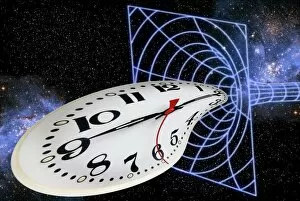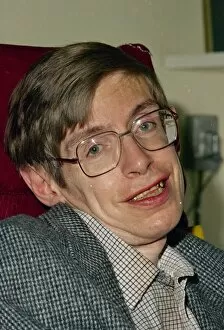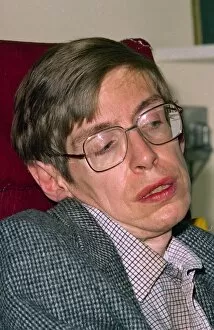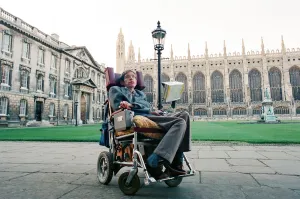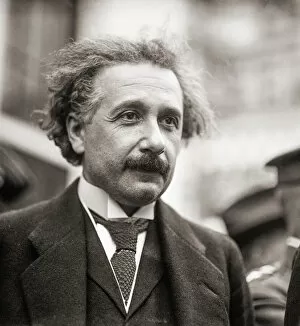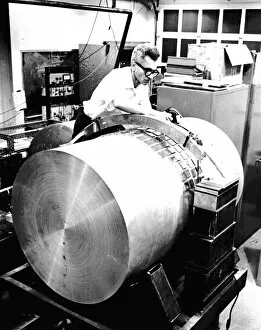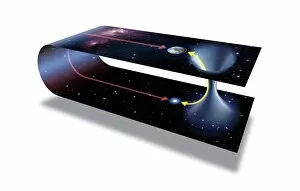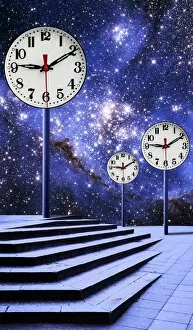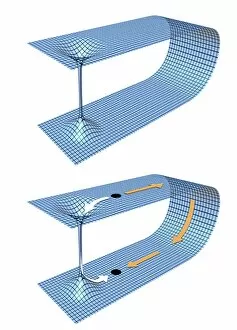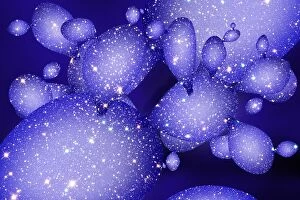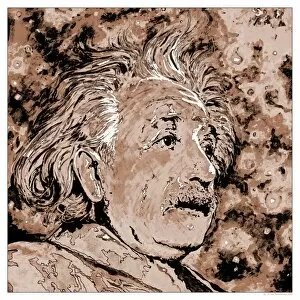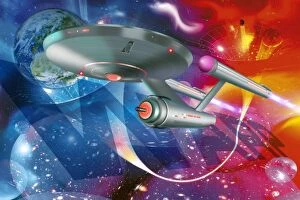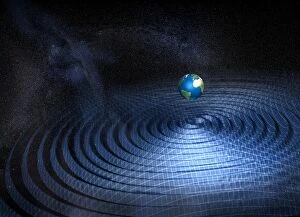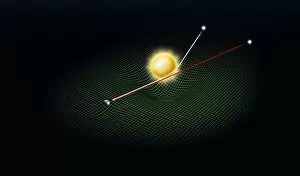General Relativity Collection
"General Relativity: Unraveling the Mysteries of the Universe" In this conceptual image, we delve into the fascinating world of general relativity
All Professionally Made to Order for Quick Shipping
"General Relativity: Unraveling the Mysteries of the Universe" In this conceptual image, we delve into the fascinating world of general relativity, a groundbreaking theory that revolutionized our understanding of space and time. Developed by brilliant minds like Alexander Friedman, a Soviet cosmologist, and Professor Albert Einstein himself, this theory has left an indelible mark on scientific history. Imagine a time warp where past meets present – here we find Dr. Stephen Hawking, renowned physics professor at Cambridge University. With his unparalleled intellect and insatiable curiosity, Hawking became one of the foremost authorities on general relativity. Einstein's theories were not only revolutionary but also laid the foundation for modern physics. His concepts of special relativity and mass-energy equivalence paved the way for further exploration in this field. In this editorial image from early 1920s Oxford, we see Einstein studying again at Christ Church College alongside his wife Elsa Einstein. Hawking's contributions to theoretical physics are immeasurable. Despite battling physical limitations due to motor neuron disease throughout his life, he made groundbreaking discoveries that challenged our perception of black holes and expanded our knowledge of how gravity works within them. The study continues to captivate scientists worldwide as they strive to unravel its intricate complexities. From Friedman's initial insights to Einstein's genius postulations and Hawking's remarkable advancements – their collective efforts have propelled us towards unlocking the secrets hidden within our vast universe. As we ponder upon these great minds' legacies in relation to general relativity, it becomes clear that their work transcends boundaries – both temporal and spatial – inspiring generations with awe-inspiring revelations about the nature of reality itself.


